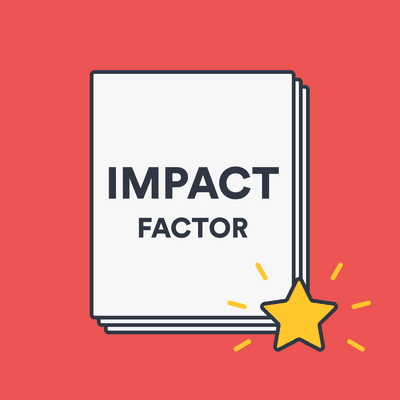Understanding Impact Factor: Its Significance and Importance in Academic Publishing
In the realm of academic publishing, where knowledge dissemination and scholarly contributions are paramount, the concept of impact factor holds considerable significance. The impact factor serves as a metric to gauge the influence and reach of scholarly journals within their respective fields. It has become a ubiquitous tool used by researchers, institutions, and funding agencies to evaluate the quality and prestige of academic publications. This article delves into the intricacies of impact factor, its calculation, its importance in academia, and the controversies surrounding its use.
What is the Impact Factor?
The impact factor of a journal is a quantitative measure calculated by a formula devised by Eugene Garfield, the founder of the Institute for Scientific Information (ISI), now part of Clarivate Analytics. It is primarily used in the scientific and scholarly communities to assess the relative importance and influence of a journal within its discipline. The impact factor is calculated by dividing the number of citations received by articles published in the journal during a specific period (usually two years) by the total number of citable articles published in the same journal during the same period.
The resulting value represents the average number of citations per article published in the journal during the given time frame. A higher impact factor generally indicates greater influence and recognition within the academic community.
Importance of Impact Factor:
- Quality Assessment:
The impact factor serves as a proxy for assessing the quality and prestige of academic journals. Researchers often consider impact factors when deciding where to submit their manuscripts for publication, aiming for journals with higher impact factors to increase the visibility and credibility of their work.
- Career Advancement:
For researchers, publication in high-impact journals can significantly impact their career advancement prospects. Tenure decisions, promotion considerations, and grant funding allocations often take into account an individual’s publication record, with a particular emphasis on publications in journals with high-impact factors.
- Funding Allocation:
Funding agencies and institutions utilize impact factor as a criterion for allocating research funding. Projects published in high-impact journals are perceived as more influential and valuable, thus receiving preferential treatment in funding decisions.
- Academic Rankings:
Universities and research institutions frequently use impact factor as a component in evaluating their research output and academic performance. Higher impact factor publications contribute to higher institutional rankings, enhancing the reputation and competitiveness of academic institutions.
- Research Visibility:
Journals with higher impact factors tend to attract more readership and citations, thereby increasing the visibility and dissemination of published research. Researchers aspire to publish in journals with greater reach to ensure their findings reach a wider audience and have a greater impact on their field.
Controversies and Criticisms:
While impact factor serves as a valuable tool for evaluating academic publications, it is not without its criticisms and controversies:
- Journal Bias:
Impact factor may favor journals in certain disciplines or fields where citation practices differ. Fields with a higher propensity for self-citation or those with a smaller pool of researchers may artificially inflate impact factor scores.
- Citation Practices:
The use of impact factor to assess research quality can incentivize citation practices aimed at boosting journal metrics rather than genuine scholarly engagement. This can lead to the proliferation of citation cartels or unethical citation practices.
- Journal Manipulation:
Some publishers engage in practices aimed at artificially inflating the impact factor of their journals, such as coercive citation, excessive self-citation, or manipulating editorial policies to boost citation rates.
- Narrow Focus:
Impact factor provides a quantitative measure of influence but may not capture the full spectrum of a journal’s value or impact. It overlooks factors such as editorial quality, methodological rigor, or societal relevance, which are crucial aspects of scholarly publishing.
Conclusion:
Impact factor remains a widely used metric in academic publishing, offering a quantitative measure of journal influence and prestige. Its importance extends beyond individual researchers to institutions, funding agencies, and the broader academic community. However, it is essential to recognize the limitations and biases inherent in impact factor calculations and to complement quantitative metrics with qualitative assessments of scholarly publications. By fostering a more nuanced understanding of impact factor and its implications, academia can strive for a more equitable and transparent evaluation of research quality and impact.
Editing More than 200,000 Words a Day
Send us Your Manuscript to Further Your Publication.








Is ChatGPT Trustworthy? | Rovedar | Scoop.it says:
ChatGPT vs. Human Editor | Rovedar | Scoop.it says:
Enhancing Your Assignments with ChatGPT | Roved... says: